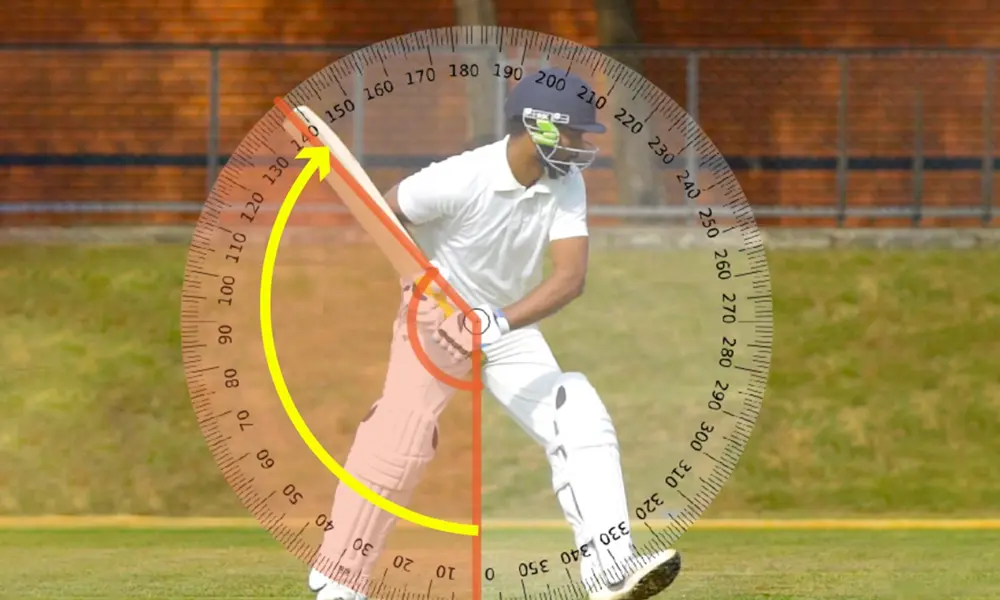Cricket Batting Strategies: Maximizing Your Bat's Effectiveness in Different Formats

Cricket, as a sport, offers a variety of formats, each demanding unique strategies and approaches from batsmen. Whether it's the traditional Test cricket, the strategic One Day Internationals (ODIs), or the fast-paced T20 matches, batsmen must adapt their game to excel in different formats. This blog explores effective batting strategies tailored to maximize a bat's effectiveness across various cricket formats, emphasizing adaptability, technique, and tactical awareness crucial for success.
Understanding Cricket Formats
Test Cricket:
- Characteristics: Played over five days, emphasizing endurance, patience, and technique.
- Batting Strategy: Batsmen focus on building long innings, showcasing resilience against quality bowling attacks. Shot selection prioritizes defense and accumulation, with periodic acceleration to capitalize on scoring opportunities.
One Day Internationals (ODIs):
- Characteristics: Limited to 50 overs per side, balancing between consolidation and acceleration.
- Batting Strategy: Batsmen aim for a blend of stability and aggression. Early overs emphasize building partnerships and preserving wickets, followed by controlled acceleration in the middle overs. Adaptability in shot-making—rotating strike and capitalizing on powerplays—are key to maximizing run-scoring potential.
Twenty20 (T20):
- Characteristics: Condensed format of 20 overs per side, focusing on explosive batting and entertainment.
- Batting Strategy: Batsmen prioritize aggressive stroke play from the outset. Innovations like improvisation, power hitting, and strategic placement of shots are crucial. Quick decision-making and adaptability to changing field settings and bowling variations define success in T20 cricket.
Adapting Batting Techniques
Shot Selection:
- Test Cricket: Emphasis on defensive strokes (e.g., forward defense, leaves) complemented by occasional attacking shots (e.g., cover drives, pulls) to rotate strike and punish loose deliveries.
- ODIs: Balance between conventional shots (e.g., straight drives, cuts) and modern innovations (e.g., scoops, ramps) to manipulate field placements and maintain scoring momentum.
- T20: Prioritize aggressive strokes (e.g., lofted drives, sweeps) to exploit powerplay overs and maximize boundary opportunities. Adaptability to different bowling paces and variations is crucial for sustaining high run rates.
Footwork and Timing:
- Test Cricket: Patience in foot movement to defend or attack based on ball trajectory and bounce. Timing adjustments ensure controlled bat swing and shot execution under varying pitch conditions.
- ODIs: Quick footwork for running between the wickets and adjusting to line and length changes. Timing precision facilitates placement of shots into gaps and maximizes run conversion opportunities.
- T20: Dynamic footwork for rapid changes in shot selection and adapting to unpredictable bowling deliveries. Timing variations cater to quick-fire strokes, ensuring effective boundary hitting and maintaining strike rate momentum.
Mental Approach and Adaptability
Match Situation Assessment:
- Test Cricket: Endurance and mental resilience to withstand long spells of bowling pressure. Adaptability to game dynamics—e.g., batting with tailenders or playing for draws—determines batting effectiveness.
- ODIs: Strategic thinking to pace innings according to match situation—e.g., building partnerships or accelerating run rates in final overs. Reading field placements and bowler tendencies to exploit scoring opportunities.
- T20: Risk assessment and calculated aggression in shot selection. Mental agility to adjust batting approach to match conditions—e.g., chasing targets or setting competitive totals—while maintaining composure under pressure.
Preparation and Practice:
- All Formats: Rigorous practice drills focusing on specific format demands—e.g., endurance drills for Test cricket, power-hitting sessions for T20s. Simulation exercises against different bowling styles and scenarios refine adaptability and decision-making skills.
Conclusion: Excelling Across Cricket Formats
Effective batting strategies in cricket encompass a blend of technical proficiency, tactical acumen, and mental resilience tailored to each format's unique demands. By mastering shot selection, adapting footwork and timing, and cultivating a versatile mental approach, batsmen can maximize their bat's effectiveness across Test matches, ODIs, and T20s. Embrace the challenge of adapting to diverse cricket formats, refine your batting strategies accordingly, and elevate your performance with every opportunity at the crease.

